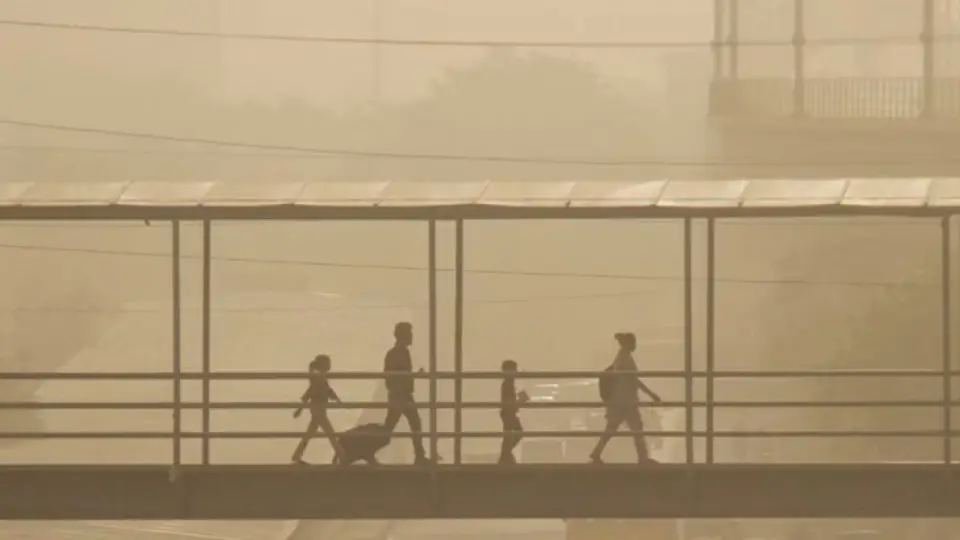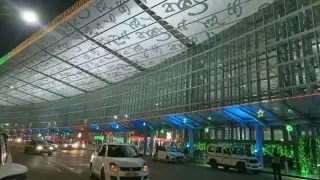
Smogstorm Before Diwali: Akshardham Logs AQI 426, Delhi-NCR Under Cloud of Record Pollution (X)
Delhi-NCR Smog Crisis: Just a few days before the splendor of Diwali, a dark cloud of pollution is looming over Delhi-NCR. Dense smog has engulfed the entire area, where holy places like Akshardham have now turned into 'suffocating valleys.' A special report has revealed that Akshardham's AQI reached a record level of 426 on Sunday morning, which falls in the CPCB's 'severe' category (401-500). Breathing here has become like inviting death—the poisonous particles present in the air have put the lives of the city residents at stake.
The air condition is very critical in many areas of Delhi-NCR. The main figures are as follows:
On Saturday, nine out of 38 monitoring stations in Delhi recorded 'very poor' (301-400) AQI. Prominent among them are Anand Vihar (389), Wazirpur (351), Bawna (309), Jahangirpuri (310), Okhla (303), Vivek Vihar (306), Dwarka (310) and Siri Fort (307). According to the CPCB, AQI categories span from 'good' (0-50) to 'severe' (401-500)—and Delhi is currently holding its breath at the extreme of 'severe.'
This is not a sudden 'attack' of smog but a fatal combination of weather conditions and human carelessness. Dense smoke and fog blurred visibility in areas like Gurugram, where long queues of vehicles were breathless. Transport emissions proved to be the biggest culprit in Delhi on Saturday (15.6%). The beginning of stubble burning and the fear of Diwali firecrackers can make it more frightening. As winter approached, pollution gripped the city.
The air in Akshardham and surrounding hotspots has become so 'wet and poisonous' that breathing feels like suffocation. Immediate effects, including headache, cough and eye irritation, are common, while prolonged exposure increases the risk of lung diseases, heart disease and even cancer. Experts are warning: Children, elderly and asthma sufferers should not leave the house. This is not just statistics but a crisis of millions of lives.
The report does not mention any notable steps or announcements from the authorities. Will construction work stop under GRAP (Graded Response Action Plan)? Will there be restrictions on vehicles? Questions are being raised, but the answers are still silent.
Delhi's air quality early warning system (AQEWS) has predicted 'poor' to 'severe' levels in the next few days. IMD forecast: Clear sky on Sunday, maximum 33°C and minimum 19°C—but no chance of pollutant spread without rain.













Copyright © 2025 Top Indian News
